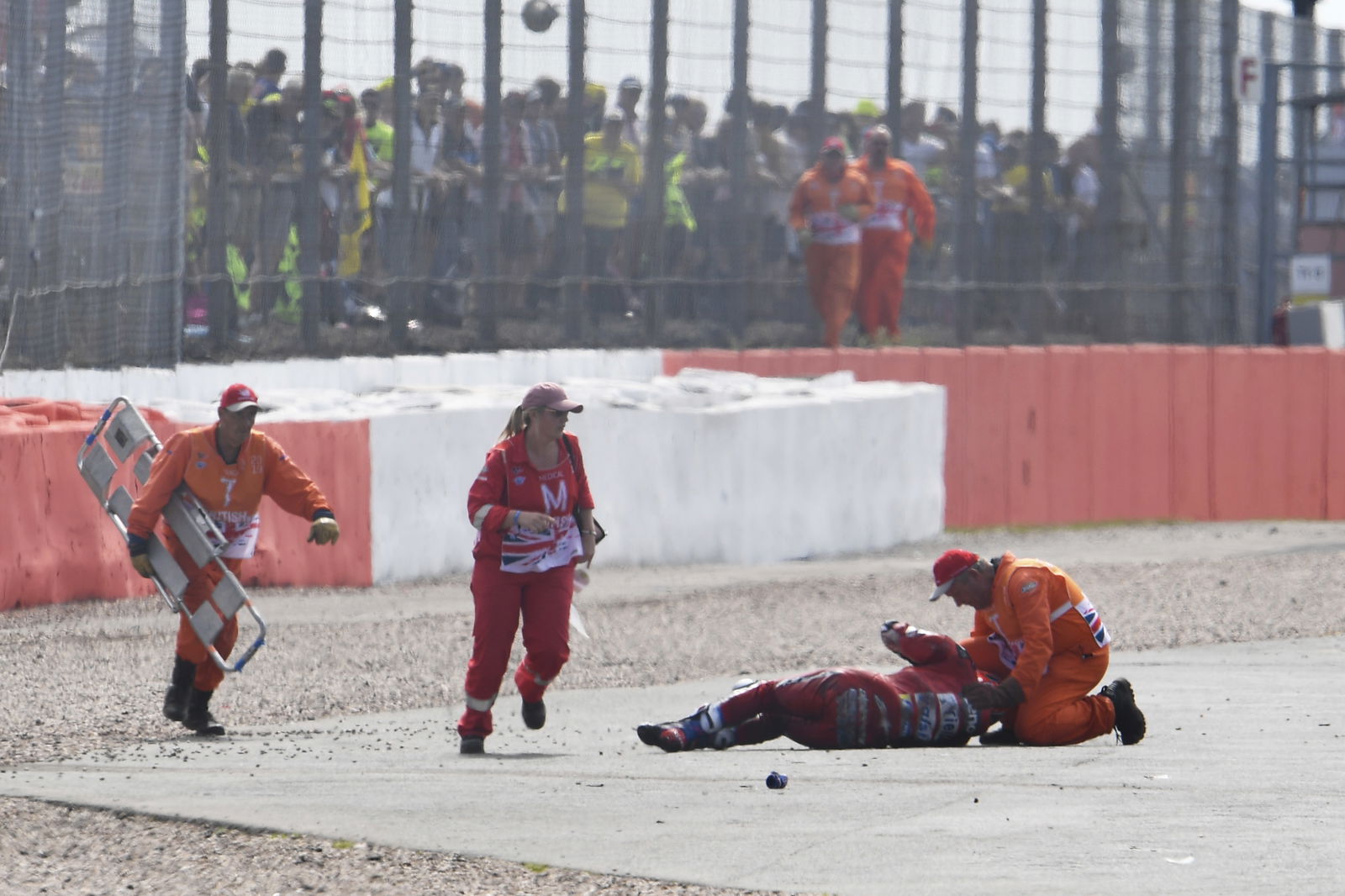‘Re-route’ century-old Isle of Man TT Mountain Course, locals argue
A representative for Isle of Man locals argues the famed Isle of Man TT Mountain Course should be re-routed to ease disruption on residents and businesses

A leader for one of the Isle of Man’s local authorities has proposed changing the route of the island’s famed TT Mountain Course to limit the disruption to residents and communities during its annual motorcycling events.
The Isle of Man has been globally synonymous with motorcycling and road racing for more than 100 years, attracting around 50,000 people to the tiny island and becoming an increasingly important commercial draw for some of the industry’s biggest riders and manufacturers.
The island also hosts the Classic TT in August which, though smaller in terms of spectator disruption, follows the same 37-mile Mountain Course (sometimes referred to as Snaefell Mountain Course).
However, this enduring popularity is seemingly beginning to frustrate local islanders, who say the annual disruption is causing longer commutes. It has led to Andrew Jessopp, chairman of Braddan Commissioners, to suggest the 219-turn Mountain Course – which has been largely unchanged since 1911 – be re-routed to be less of a strain on residents.
“I have been in discussions with the Department of Infrastructure with suggestions made to me that the route of the TT course should be changed,” he told the local Isle of Man Today newspaper.
“That would require a certain amount of infrastructure work as well. But then that would enable the main road to continue in use which means there would be access to Snugborough housing and Snugborough trading estate.”

Classic TT event adds to Isle of Man TT local stress
It comes after a report by the same newspaper quoted residents complaining about access to certain points on the island being difficult to traverse during the recent Classic TT, particularly New Castletown Road in Douglas and Braddan Road.
“In the last couple of days ,I’ve had people say to me that they are going to be spending at least an hour stuck in traffic trying to get through the access road,’ Mr Jessopp continued. “That’s an hour of their life they’ll never get back again. There is a high level of frustration and annoyance about it.”
Though the Department of Infrastructure says it will construct a two-way carriageway by 2022, Mr Jessopp is less confident, saying it would be created ‘remarkably quickly’ [sic].

